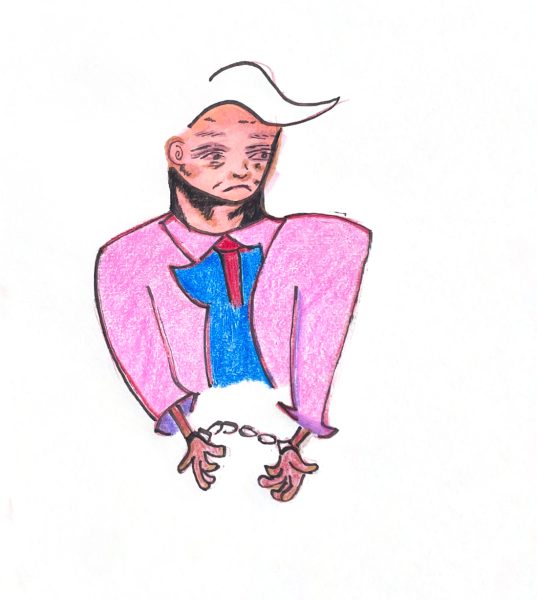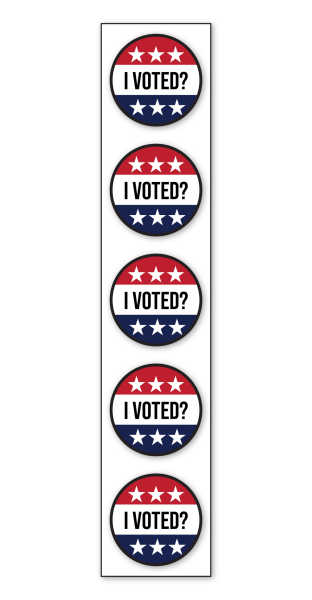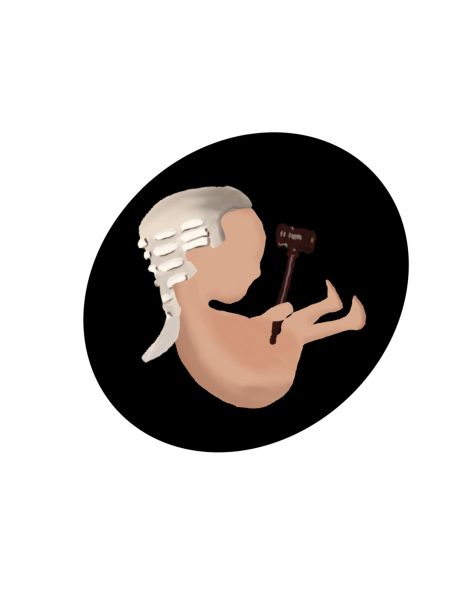Celebrating Women’s History Month
Graphic by Ethan Gullett
March 19, 2021
Women’s History Month is a month dedicated to showing the contribution of women in history. Women’s History Month is celebrated in March in the United States, the United Kingdom and Australia in parallel with International Women’s Day on March 8. Women’s History Month began in 1978 as “Women’s History Week” in Sonoma County, California, and with the help of the National Women’s History Alliance (NWHA), became recognized nationwide in 1980, which was later extended to a month in 1987.
The story that leads the way to women’s rights started in 1848 in Seneca Falls and finished with the approval of the 19th Amendment in 1920 with Elizabeth Cady Stanton and Susan B. Anthony, who was the head of the development. The amendment allowed women the right to vote. But we are gradually discovering that story is fragmented. It was not just Anthony and Stanton who drove the campaign for their rights; women of all races, classes and even immigrants likewise made ready. Women such as Mabel Ping-Hua Lee, who was the first Chinese woman in America to earn a Ph.D. in Economics, were not able to vote until the Chinese Exclusion Repeal Act of 1943. Ida B. Wells and Mary Church Terrell were founders of the National Association for the Advancement of Colored People (NAACP) to fight against lynchings and black rights in general.
International Women’s Day first started during the early 1900s during what we call the Progressive Era, in which women from across the nation began organizing for social reform, with the biggest concerns being Prohibition, suffrage, education and health.
Also, the 19th Amendment did not end the movement but rather a start: after it passed, it would require four additional years for Native Americans, who would not be viewed as citizens with a right to vote until the Indian Citizenship Act passed, and for Asian-Americans, who had to wait until the passing Immigration and Nationality Act of 1952 to be seen as immigrants. During World War II, the war had become larger on a scale than they have not seen before, forcing women to be pushed into roles they were not expected. They served everywhere on the homefront from poster making to factory work, doing jobs that were previously considered jobs exclusive to men.
Black women, while having the right to vote on paper, could not openly vote until 1965, with the passing of the Voting Rights Act abolishing racially prejudicial in the voting process like literacy tests, poll taxes and grandfathering. During the Civil Rights Movement, women were key planners. Women like Septima Clark planned instructive projects to show African American people group individuals how to peruse and compose. She created education programs to teach African Americans how to read and write to help themselves and fight for their rights.
Modern women’s movements are concerned with relatively an abundance of issues, such as international support for women’s suffrage, sexual harassment, assaults, representation in government, etc. Still, why must we dedicate a whole month? Well, simply put, women who assumed essential parts in development, government and the past have not been recognized for their achievements, and finding out about women’s history helps us understand our history better. All through American history, women have made essential commitments, frequently with segregation and unjustifiable difficulties. Fearless women fought for the right to vote, campaigned against injustice, broke countless boundaries and extended them to all Americans. Our set of experiences is additionally packed with instances of the boldness of women in America, especially during emergencies.











